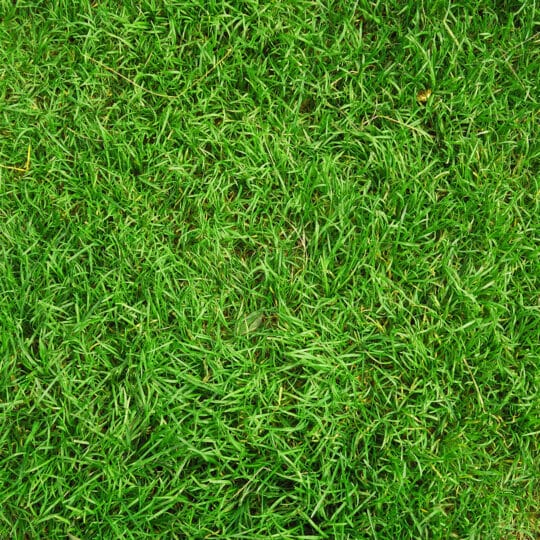3 Grass Types for Pennsylvania Lawns
And the Conditions in Which They Thrive

Ready to get your lawn back? Summer heat may have held it dormant, but the cooling fall temperatures are on the way. This makes it a great time to revive or reseed your lawn before the grass goes dormant again in the winter. But before you start spreading any seeds, do you know the best grass types for Pennsylvania lawns? Familiarize yourself with the factors and conditions to consider to make the most of your reseeding efforts.
The Right Conditions for Grass
Not all grass is the same. Some types prefer cool weather while others thrive in the warmth. Some are made in the shade while others love to soak up the sun. Since you can’t always choose the right conditions for your grass, you should choose the right grass for your conditions. Here are some of the factors that need to be considered for optimal grass growth:
- Climate. There are two major types of grass: cool-season and warm-season. Cool season grass prefers cooler temperatures and is mostly found in the northern United States. Warm-season grasses are more drought-resistant and do well in the Southern states.
- Environment. Are there a lot of trees around that shade the ground or is your yard in full sun?
- Foot traffic. Some hardy grasses can take more wear and tear while others are more delicate.
- Maintenance. The type of grass determines how much mowing, watering, and fertilizing you’ll need to do to maintain its healthy growth.
Once you’ve evaluated your lawn and the level of work you’re comfortable with, you’ll be better informed to pick the right type of grass for your yard.
Best Grass Types for Pennsylvania Lawns
Since Pennsylvania is in the Northeastern part of the U.S., most lawns are typically made up of cool-season grasses. However, farmlands and major cities in the Southern part of the state could also consider warm-season varieties.
Some of the most popular cool-season grasses found across Pennsylvania lawns include:
- Kentucky Bluegrass. A hardier variety found in residential lawns and parks. It’s known for its dark green color and ability to recover faster than other cool-season grasses, but it also requires more fertilizing to stay healthy.
- Perennial Ryegrass. A more delicate variety that grows in dark green bunches and is less prone to thatch.
- Fine and Tall Fescue. Fine fescue is a low maintenance, shade-loving variety typically found along the road. Tall fescue is more versatile and drought-tolerant, but it requires frequent mowing.
You may also come across warm-season zoysia grass in some yards because it can stand up to pests, high traffic areas, and survive the winter. However, it turns brown for most of the year since it goes dormant until the early summer. It also produces a lot of thatch, so more maintenance is needed.
Reasons to Reseed Your Lawn
Whether you want to fix dead patches or start a new lawn from scratch, there are different types of grasses that are better for thickening or repairing the area. Here are some suggestions:
- Dealing with disease or dead patches? Perennial ryegrass germinates quickly to help repair bare spots.
- Are your shrubs and trees getting bigger? Reseed with fine fescue in heavily shaded areas.
- Creating a new lawn or starting from scratch? Use a diverse seed mix to help your lawn survive under different conditions.
Not all seed mixes are what they seem. One of the best ways to pick the right grass for your yard is to contact a lawn care specialist who knows which grass seeds would work best. Call Green Image Lawn Care for an evaluation of your lawn and to help determine which type of grass is more likely to thrive in your area.